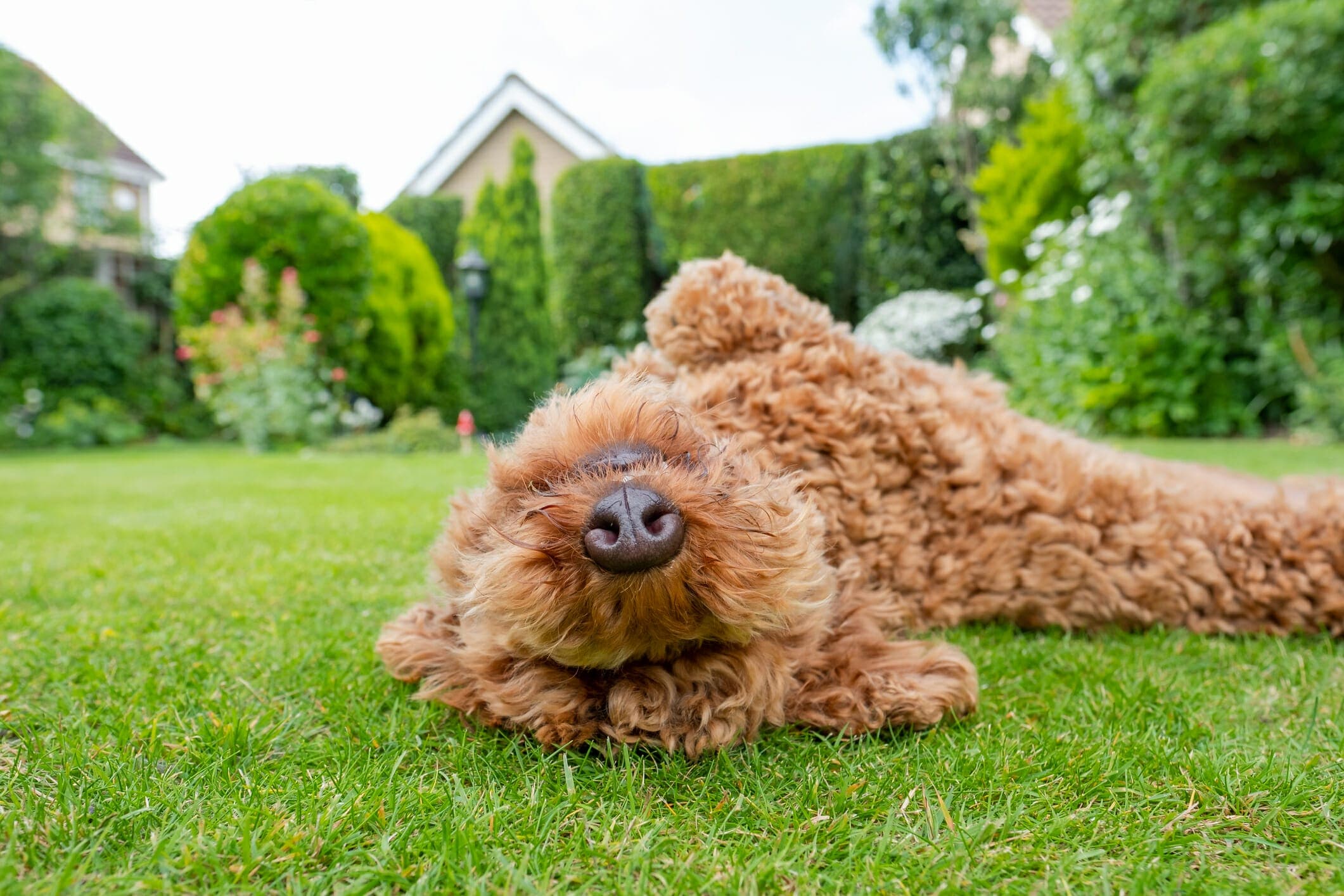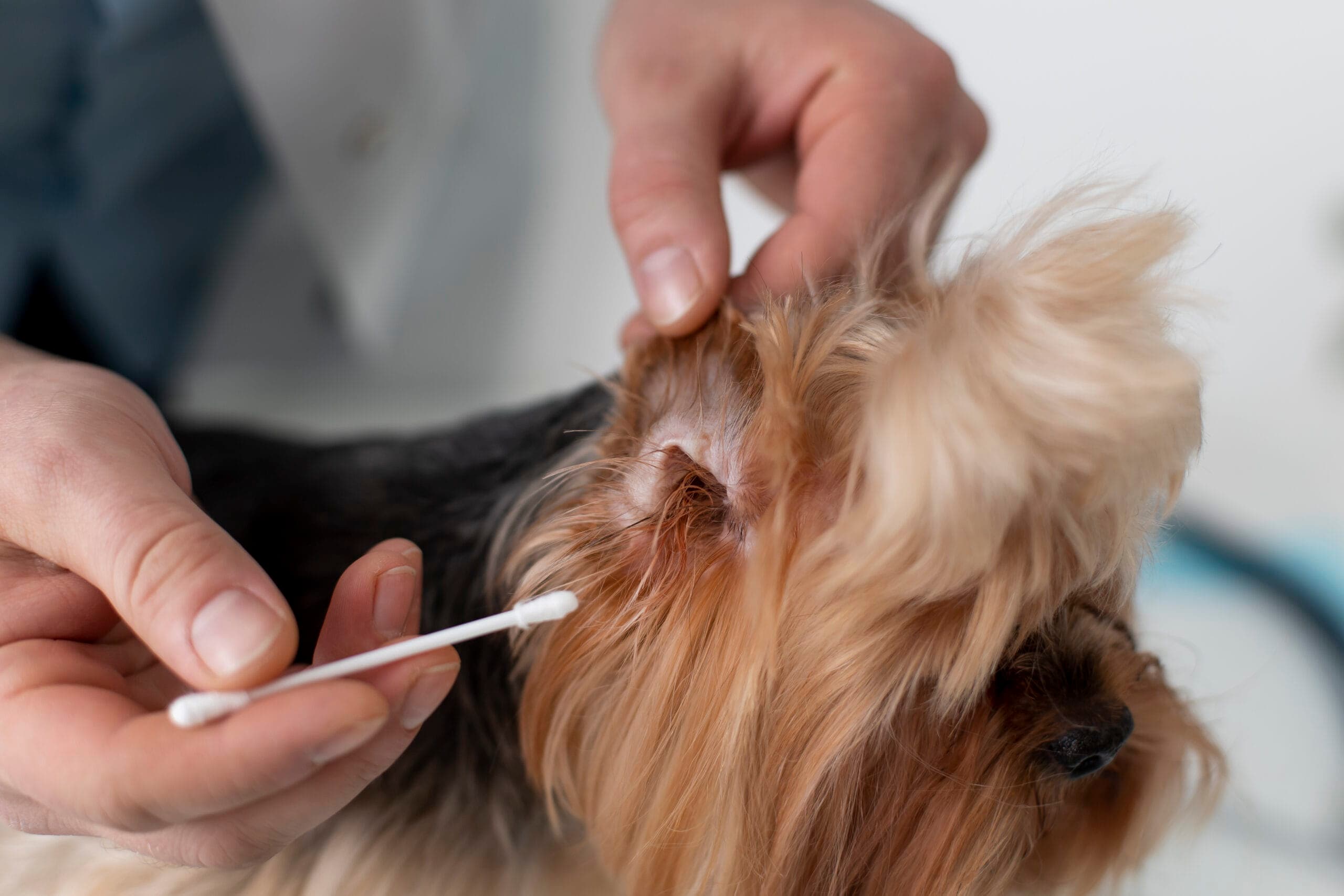White Dog Fur Turning Rust Color? (Explanation + Treatment)
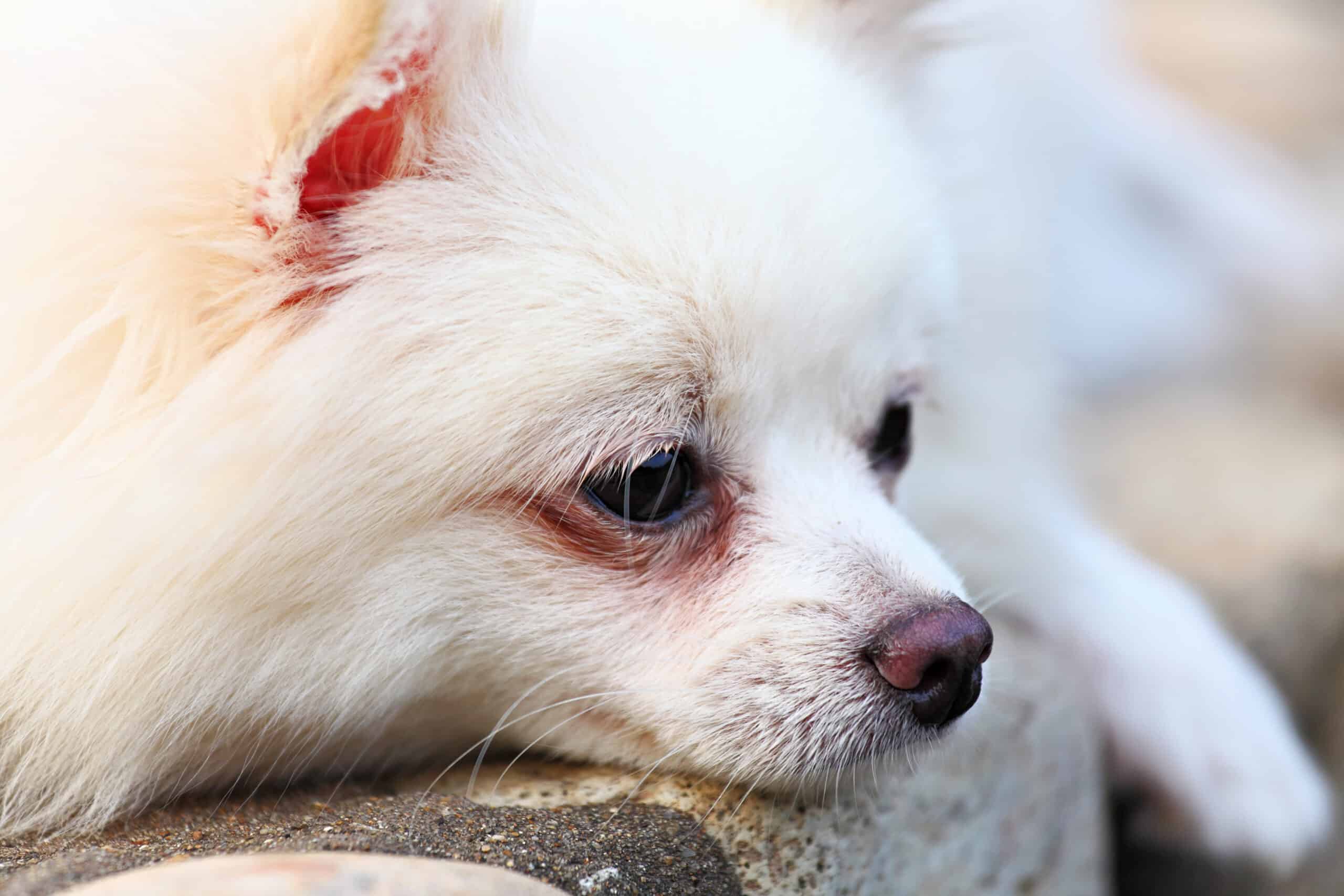
Do you have a white-fur dog, and is it turning rust-colored? Well, you don’t need to be alarmed. Even though it seems concerning when you have a look at it, it does not do much harm.
Most of the time, the causes of this can be found quickly, and it’s usually a recognizable symptom of a condition that’s underlying. Your dog’s fur might have turned rusty because of conditions like a yeast infection or the production of porphyrin in saliva, tears, feces, or urine.
Your dog’s coat may be in contact with either porphyrin or yeast, turning the white hair to a rust color. It is a common issue that pertains to dogs, but it’s most noticeable when the dog is white.
You can help your dog get rid of this rust color through various treatment options, either medical or non-medical. In this article, we will help answer questions like “why is white dog fur turning rust color?” as well as preventions and treatments for dog breeds that are prone to it.
Causes Of White Dog Fur Turning Rust Color
Maybe you were taking your dog on a walk, and they unknowingly rubbed against a rusty fence, or perhaps there are significant causes that seem to be a symptom of an underlying condition. What are the leading causes of rust color dog fur?
A major reason for the red-brown stain left on your dog’s fur can be due to porphyrin. This is a compound that is made of iron and develops when red blood cells are broken down inside the body. It can usually be found in the fecal matter but can also exist in the dog’s saliva, tears, and urine.
In the case that your dog has rust color stains, particularly on its back, you should consider the following causes:
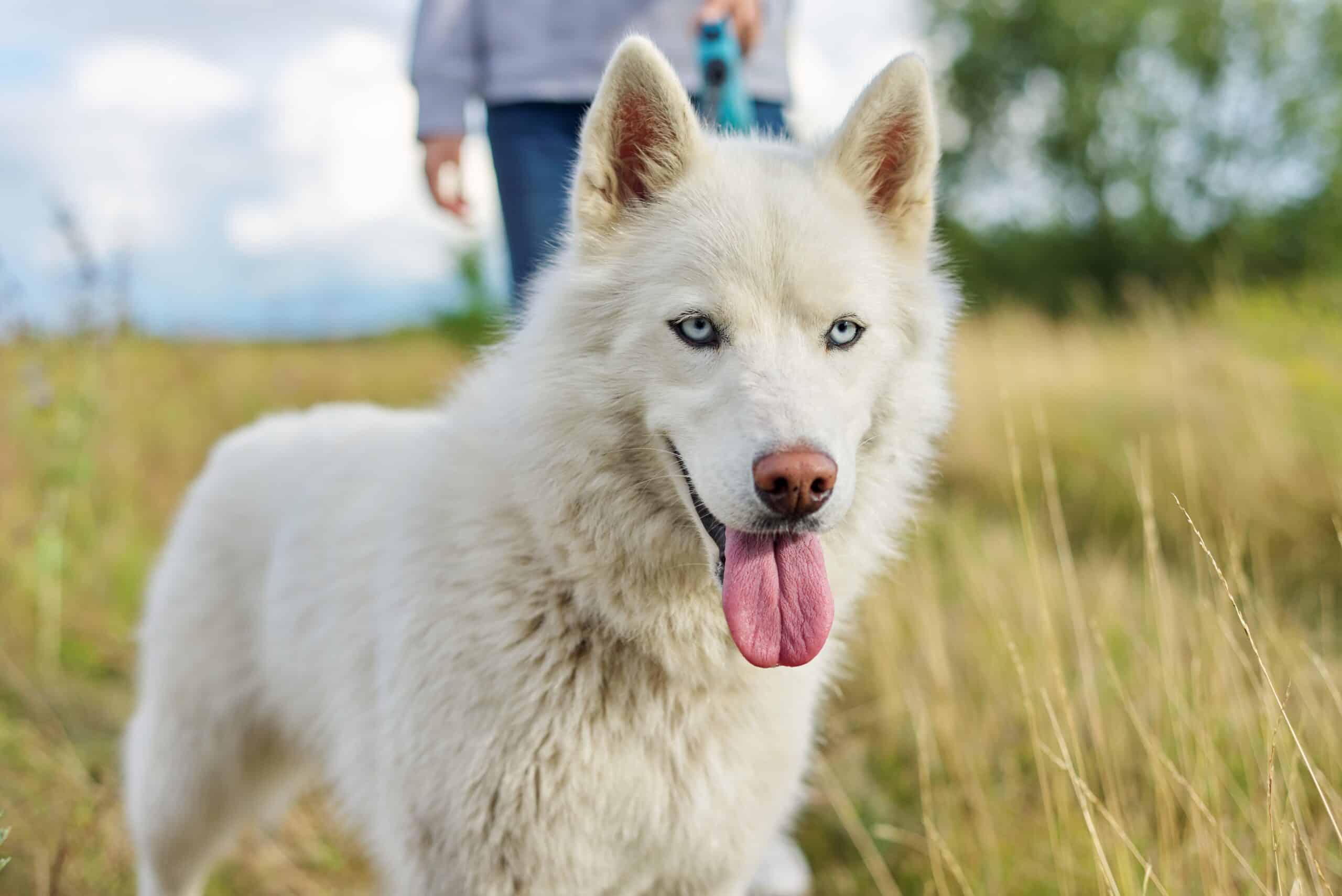
1Medical Ailments
Periodontal conditions or problems regarding dental issues can produce an excess amount of saliva. So, when the dog is grooming itself, there will be a transfer of saliva, and this will cause stains to erupt. Licking their backs will spread the medical issues wherever their saliva hits.
2Allergic Reaction
Sometimes we forget that dogs can also be allergic to things like people. Some allergens, such as food, pollen, dairy, chicken, etc., can cause itchiness symptoms. They relieve themselves by biting and scratching, releasing saliva onto the coat, and causing stains.
3Conditions of Behavior
Just like allergies, your dog can also suffer from anxiety and will excessively lick its coat. They do this even if they are feeling bored or in pain. The dog’s surrounding environment or social environment can be the reasons that lead to this.
If not porphyrin, it might be an issue with a yeast infection. Your dog may have skin covered in fungus or bacteria, which can cause yeast infections that lead to itchiness and turn the fur a rust color.
Which Breeds Prone to White Dog Fur Turning Rust Color?
Dogs with white coats are not the only ones prone to such problems. All dogs, old or young, can have their fur turn a rust color due to porphyrin issues or a yeast infection, no matter the breed or color of their coat. But, you will most likely notice it more on a white-furred dog because of the vast color difference between white and rust.
These are a few breeds whose white fur turns a rust color and becomes immediately noticeable to people:
- Pyrenees
- Golden Retrievers
- Pomeranians
- Lhasa Apso
- Samoyeds
- Huskies
- American Eskimos
- Japanese Spitz
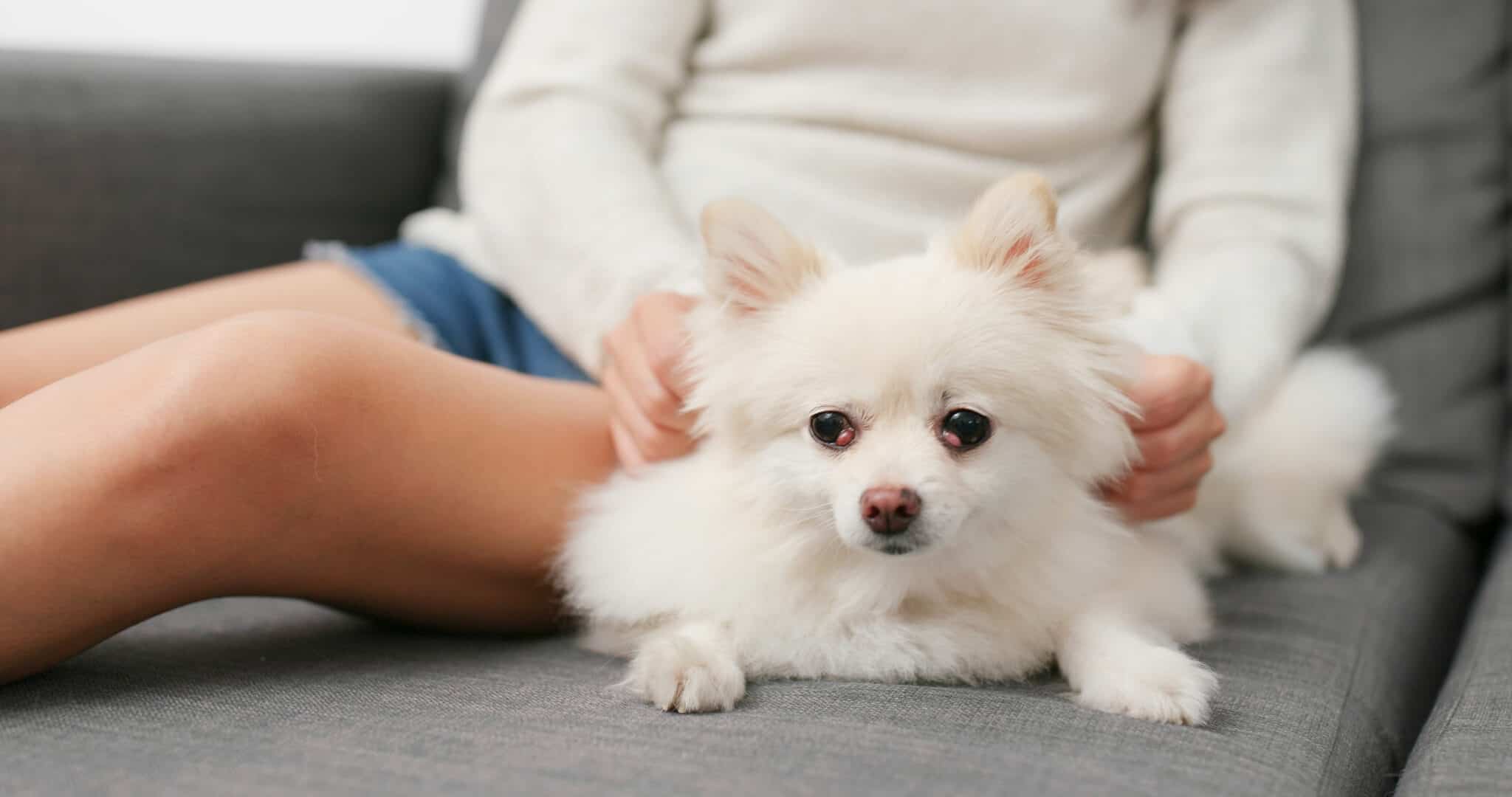
A dog’s coat color is not the only factor that plays a role in the rusting of a dog’s fur. More than 30 breeds can be predisposed to fur staining, and some go through the hassle of fur staining because they suffer from certain conditions, such as:
- Narrow Eyes
- Short Noses
- Additional skin folds
- Lack of Drainage
- Deep Eye Sockets
- Small Tear Ducts
This leads to the conclusion that breeds such as Poodles, Boxers, Maltese, Bull Terriers, Bulldogs, Pekingese, Bichons, and so on have higher risks of noticeable fur staining. This is so because their eyes and mouth mostly start rusting due to anatomical, medical, or conformational conditions.
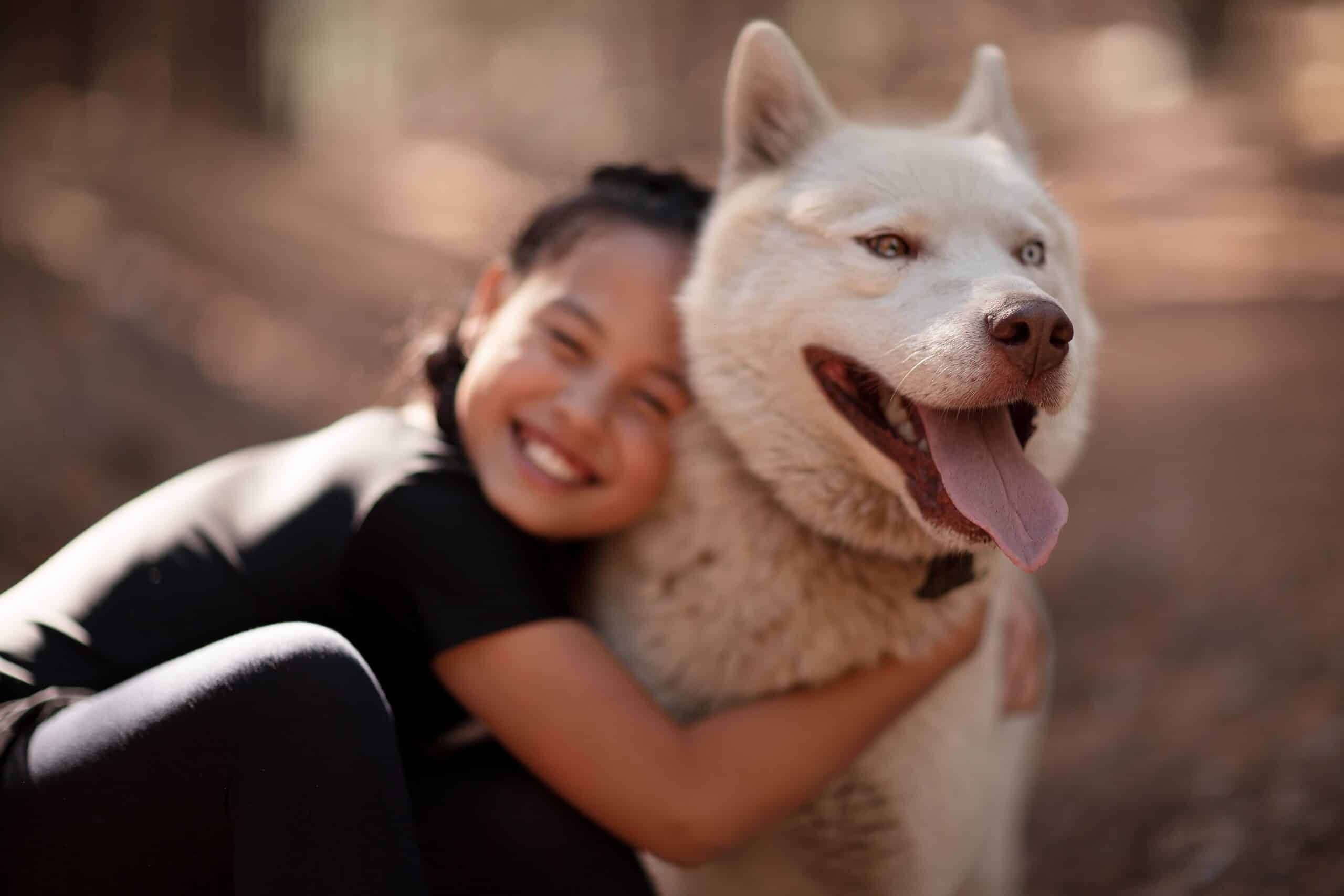
How to Prevent White Dog Fur from Turning Rust Color?
White fur turning rust color can result from tears or saliva being spread on the dog’s hair. You can keep your white-furred dog’s skin clean and dry to keep your white-furred dog away from rusting. This pertains to all dogs with tear issues, whose tears cause stains, and even canines who excessively lick themselves.
If you have a dog susceptible to yeast infections, you can dry their paws after taking a walk and dry their ears carefully after bathing them. If your dog suffers from teary eyes, this may cause stains on the fur, so you can cut the hair around their nose and eyes short to reduce the staining.
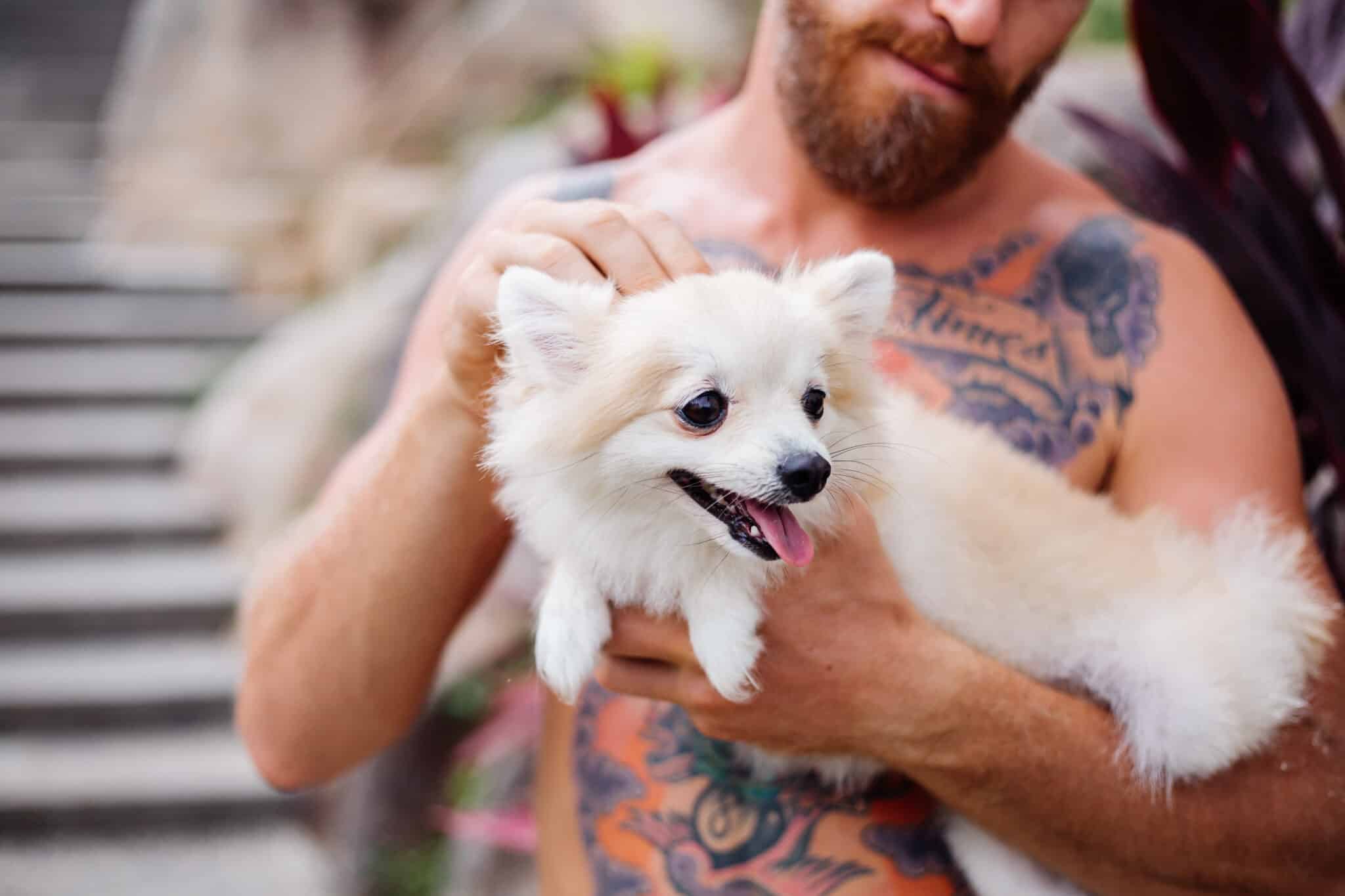
How To Treat White Dog Fur Turned Rust Color?
Some easy ways to get rid of the rust color from a dog’s fur include:
1Careful & Thorough Bath
If they are cleaned carefully in a nice, warm bath, the rust color will disappear from their fur. You must include hypoallergenic products such as perfume-free shampoos and those also free from parabens, sulfates, etc.
2Use Store Products
You can find any stain remover online or in local stores specifically for pets. Most of them are promoted for tear stains, but there are also ones that can treat porphyrin stains so that you can use them for any body part of your dog.
3Add Apple Cider Vinegar
Take a tsp of distilled apple cider vinegar and add this to your dog’s diet as a form of acetic acid to conquer yeast infections. Make sure to dilute the vinegar completely as dogs hate acidic smells.
4Medical Checks & Decent Grooming
If all else does not work, you can always take your dog to the vet and determine it’s not an underlying medical issue. If it is, you can treat your dog with the advice given by the veterinarian. If it’s nothing to worry about, you can take them to the groomers regularly to help with the rust color.
Wrapping Up
If you start noticing some signs of your dog’s white fur turning rust color, you should take immediate action. The staining can be found in any place on your dog’s body, and you should consider that it might be issues regarding underlying health conditions that are causing the stains. You can put some of the advice given earlier into action to help your dog. Hopefully, the article will help you clean your dog’s fur and clear it of any stains.
